Home>Gardening & Outdoor>Home DIY & Maintenance>How To Use Old English Furniture Polish
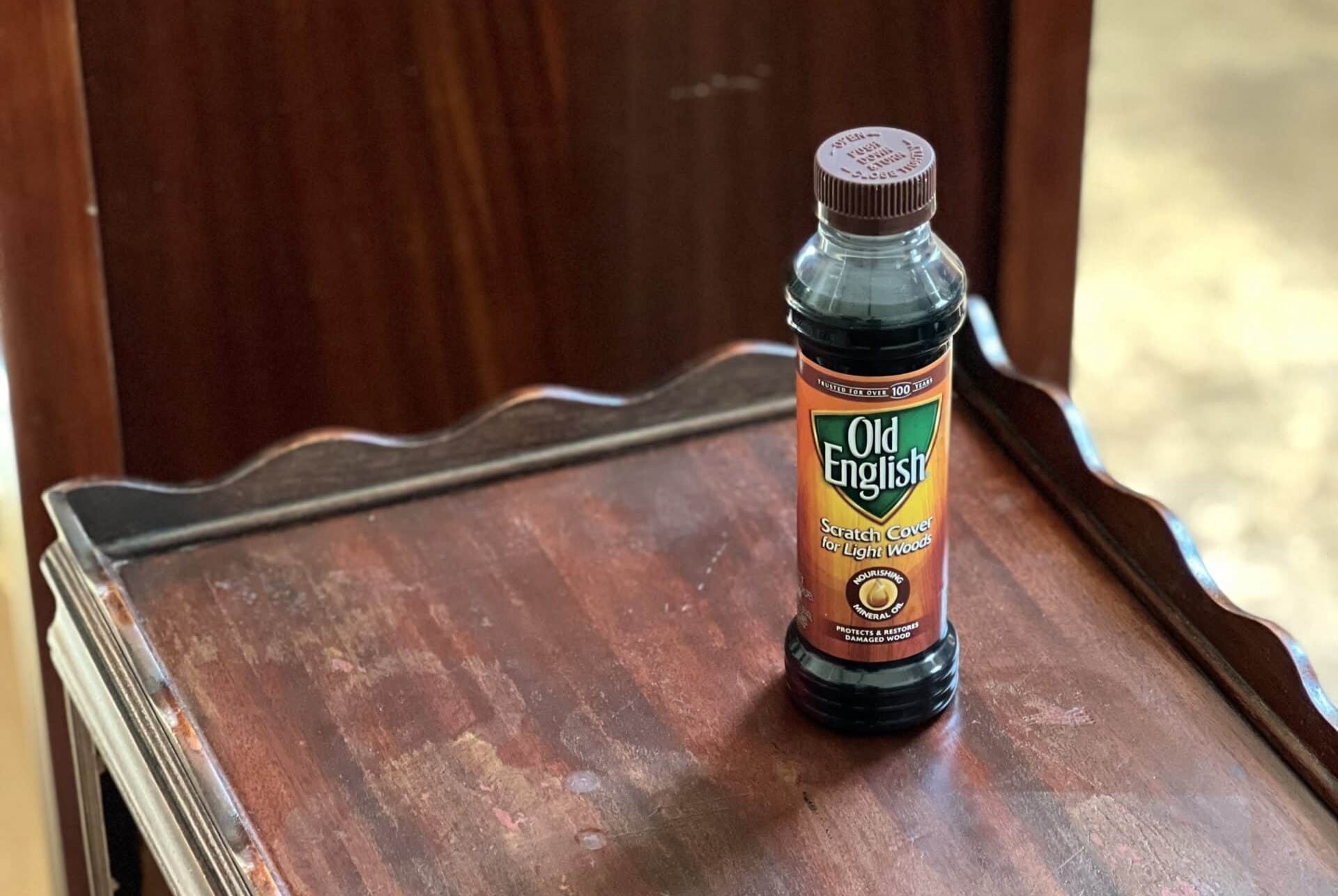

Home DIY & Maintenance
How To Use Old English Furniture Polish
Modified: May 6, 2024
Learn how to use Old English Furniture Polish for effective home DIY and maintenance. Keep your furniture looking beautiful with our expert tips and tricks.
(Many of the links in this article redirect to a specific reviewed product. Your purchase of these products through affiliate links helps to generate commission for Storables.com, at no extra cost. Learn more)
Introduction
Welcome to the world of DIY furniture maintenance! If you have a penchant for preserving the luster and charm of your wooden furniture, you're in for a treat. In this comprehensive guide, we'll delve into the art of using Old English Furniture Polish to revitalize and maintain the timeless beauty of your cherished pieces.
Old English Furniture Polish has been a trusted companion to homeowners for decades, and its efficacy in nourishing, protecting, and enhancing the natural beauty of wood is unrivaled. Whether you're aiming to breathe new life into an antique heirloom or simply seeking to maintain the elegance of your everyday furniture, Old English Furniture Polish is a versatile and reliable solution.
Throughout this guide, we'll explore the intricacies of using Old English Furniture Polish, from understanding its composition and preparing the furniture for treatment to the application and maintenance of the polished surfaces. By the end of this journey, you'll be equipped with the knowledge and confidence to expertly care for your wooden furniture, ensuring that its allure stands the test of time.
So, grab your polishing cloth and let's embark on this enriching endeavor to elevate the allure of your wooden furniture using the time-honored Old English Furniture Polish.
Key Takeaways:
- Old English Furniture Polish nourishes and protects wood with natural oils and waxes, enhancing its beauty and shielding it from wear and tear. Prepare, apply, and maintain your furniture to preserve its timeless allure.
- By using Old English Furniture Polish, you can revitalize and maintain the luster of your wooden furniture. Embrace the art of furniture maintenance to elevate the elegance of your cherished pieces.
Read more: What Is A Good Furniture Polish
Understanding Old English Furniture Polish
Before delving into the application of Old English Furniture Polish, it's essential to grasp its composition and the benefits it offers to your beloved wooden furniture. Old English Furniture Polish is formulated to penetrate the wood, nourishing it from within while creating a protective layer on the surface. This dual-action approach not only enhances the natural beauty of the wood but also shields it from everyday wear and tear.
One of the key components of Old English Furniture Polish is its blend of natural oils, which seep into the wood to replenish its moisture and restore its inherent luster. Additionally, the polish contains a unique blend of waxes that contribute to the creation of a resilient barrier, safeguarding the wood against minor scratches and blemishes.
Moreover, Old English Furniture Polish is available in various formulations, catering to different wood finishes and colors. Whether your furniture boasts a light, natural hue or a rich, dark tone, there's a suitable variant of Old English Furniture Polish to complement and enrich its aesthetic appeal.
By comprehending the enriching properties of Old English Furniture Polish, you'll be better equipped to harness its potential in preserving and enhancing the allure of your wooden furniture. With this foundational knowledge in place, you're ready to embark on the journey of revitalizing your furniture with confidence and finesse.
Preparing the Furniture
Before applying Old English Furniture Polish, it’s crucial to prepare the furniture to ensure optimal results. The first step in this process is to thoroughly clean the surface of the wood. Use a gentle wood cleaner to remove any dust, grime, or residue that may have accumulated over time. This preparatory step not only ensures that the polish adheres effectively to the wood but also prevents the trapping of any impurities beneath the polish.
Once the surface is clean and dry, inspect the furniture for any existing damage, such as scratches or nicks. If needed, consider addressing these imperfections before proceeding with the polishing process. Depending on the severity of the damage, you may opt to use a suitable wood repair kit or seek professional assistance to restore the furniture to its former glory.
Furthermore, if the wood appears excessively dry or lacks its characteristic sheen, consider conditioning it before applying the polish. Using a high-quality wood conditioner can help revitalize the wood, preparing it to absorb the nourishing elements of the Old English Furniture Polish more effectively.
Lastly, ensure that the furniture is positioned in a well-ventilated area, away from direct sunlight and heat sources. Adequate ventilation facilitates the drying process and prevents the accumulation of fumes from the polish, creating a conducive environment for achieving an impeccable finish.
By meticulously preparing the furniture, you set the stage for the Old English Furniture Polish to work its magic, nurturing and safeguarding the wood to unveil its timeless splendor.
Applying Old English Furniture Polish
With the furniture prepared and primed for treatment, it’s time to embark on the transformative process of applying Old English Furniture Polish. Before commencing, shake the polish well to ensure that its components are thoroughly mixed, optimizing its efficacy.
When applying the polish, a little goes a long way. Dispense a modest amount of Old English Furniture Polish onto a soft, lint-free cloth. Using a circular motion, gently massage the polish into the wood, ensuring even coverage across the entire surface. This methodical approach allows the nourishing oils and protective waxes to permeate the wood, revitalizing its natural radiance and fortifying its defenses against daily wear and tear.
As you work the polish into the wood, pay particular attention to any intricate details, carvings, or crevices in the furniture. These areas often harbor accumulated dust and grime, and the polish can effectively cleanse and rejuvenate them, preserving the furniture’s intricate charm.
For larger pieces of furniture, such as dining tables or wardrobes, it’s advisable to work in sections, ensuring that each part receives adequate attention and coverage. This systematic approach guarantees a uniform finish and allows you to monitor the progress of the application effectively.
After the initial application, allow the polish to penetrate and enrich the wood for a few minutes. This dwell time facilitates the absorption of the nourishing oils and waxes, maximizing their beneficial effects. Subsequently, using a clean cloth, gently buff the surface to remove any excess polish and reveal the resplendent sheen beneath.
By embracing this meticulous process of applying Old English Furniture Polish, you bestow your cherished furniture with a renewed vitality and enduring protection, elevating its allure and longevity.
When using Old English Furniture Polish, apply a small amount to a clean cloth and rub it onto the wood in a circular motion. Buff the surface with a dry cloth for a shiny finish.
Buffing and Polishing
Once the Old English Furniture Polish has been applied and allowed to infuse the wood with its enriching properties, the next step involves buffing and polishing the furniture to unveil its captivating luster. This process not only enhances the sheen of the wood but also ensures an impeccably smooth and radiant finish.
To commence the buffing process, use a clean, dry cloth to gently buff the surface of the wood. Employ circular motions, exerting a moderate pressure to coax forth the innate brilliance of the wood. As you buff, you’ll notice the emergence of a captivating sheen, signifying the restoration of the furniture’s natural allure.
For an added touch of finesse, consider employing a separate, soft cloth specifically designated for polishing. With delicate, sweeping motions, polish the wood to refine its luster and eradicate any residual streaks or smudges. This final polishing stage imparts a luxuriant gleam to the furniture, accentuating its inherent beauty.
Throughout the buffing and polishing process, remain attentive to any areas that may require additional attention. Stubborn blemishes or dull patches can often be revitalized with targeted buffing and polishing, ensuring a uniform and resplendent finish across the entire piece of furniture.
Once the buffing and polishing are complete, take a moment to admire the transformation that Old English Furniture Polish has bestowed upon your furniture. The wood exudes a radiant sheen, exuding timeless elegance and allure, a testament to the enriching effects of this revered polish.
By embracing the art of buffing and polishing, you elevate the aesthetic appeal of your furniture, infusing it with a captivating luster that beckons admiration and appreciation.
Read more: What Is In Pledge Furniture Polish
Maintaining the Furniture
Having revitalized your furniture with the enriching touch of Old English Furniture Polish, it’s essential to implement ongoing maintenance practices to preserve its resplendent allure. By incorporating simple yet effective strategies, you can safeguard the beauty and integrity of the wood, ensuring that it continues to captivate for years to come.
Regular dusting is a fundamental aspect of furniture maintenance. Employ a soft, microfiber cloth to gently remove dust and debris from the surface of the wood. This routine practice prevents the accumulation of particles that can diminish the furniture’s sheen and compromise its pristine appearance.
Furthermore, consider utilizing a dedicated wood cleaner to periodically cleanse the furniture, removing any residual grime and maintaining its radiant finish. When selecting a cleaner, opt for a product that is compatible with Old English Furniture Polish, ensuring harmonious synergy in nurturing and preserving the wood.
For surfaces that experience frequent use or are susceptible to minor abrasions, consider periodically reapplying Old English Furniture Polish to replenish the protective layer and sustain the wood’s innate luster. This proactive measure fortifies the furniture against the rigors of daily life, safeguarding its timeless charm.
In addition to these practices, be mindful of the environment in which the furniture is situated. Avoid placing it in direct sunlight or near sources of excessive heat, as prolonged exposure can compromise the integrity of the wood and diminish its visual appeal. Similarly, shield the furniture from prolonged contact with moisture, as this can lead to warping or discoloration over time.
By integrating these maintenance practices into your regular routine, you ensure that the allure of your furniture remains undiminished, perpetuating its elegance and enchanting presence in your home.
Conclusion
Congratulations on embarking on a journey to rediscover the timeless allure of your wooden furniture through the artful application of Old English Furniture Polish. By acquainting yourself with the enriching properties of this revered polish and mastering its application, you have empowered yourself to preserve and elevate the beauty of your cherished pieces for generations to come.
Through the meticulous process of preparing, applying, and buffing Old English Furniture Polish, you have bestowed your furniture with a renewed vitality and enduring protection. The wood now exudes a resplendent sheen, emanating an aura of timeless elegance and sophistication.
As you continue to maintain your furniture with diligence and care, incorporating regular dusting, cleansing, and periodic reapplications of the polish, you safeguard its enduring allure, ensuring that it remains a captivating centerpiece in your home.
Remember, the journey of furniture maintenance is not merely a duty; it is an art form—a testament to your appreciation for the intrinsic beauty of wood and a commitment to preserving its splendor. With Old English Furniture Polish as your trusted ally, you have unlocked the potential to nurture and enhance the allure of your furniture with finesse and reverence.
So, as you bask in the resplendent glow of your polished furniture, take pride in the knowledge that you have embraced a time-honored tradition, enriching your home with the enduring elegance of meticulously cared-for wood.
May your furniture continue to captivate and inspire, serving as a testament to the timeless allure and enduring legacy of Old English Furniture Polish.
Now that you've mastered using Old English Furniture Polish, why not delve deeper into maintaining your stylish space? For those with a flair for leather furnishings, our guide on furniture care offers essential tips to choose and preserve these elegant pieces. If broader home upkeep interests you, our detailed overview on home maintenance provides practical advice to keep your living space in top shape year-round. Lastly, don't overlook the heart of your home; our cleaning tips will help you achieve a spotless refrigerator inside and out, ensuring fresh storage for all your culinary needs.
Frequently Asked Questions about How To Use Old English Furniture Polish
Was this page helpful?
At Storables.com, we guarantee accurate and reliable information. Our content, validated by Expert Board Contributors, is crafted following stringent Editorial Policies. We're committed to providing you with well-researched, expert-backed insights for all your informational needs.
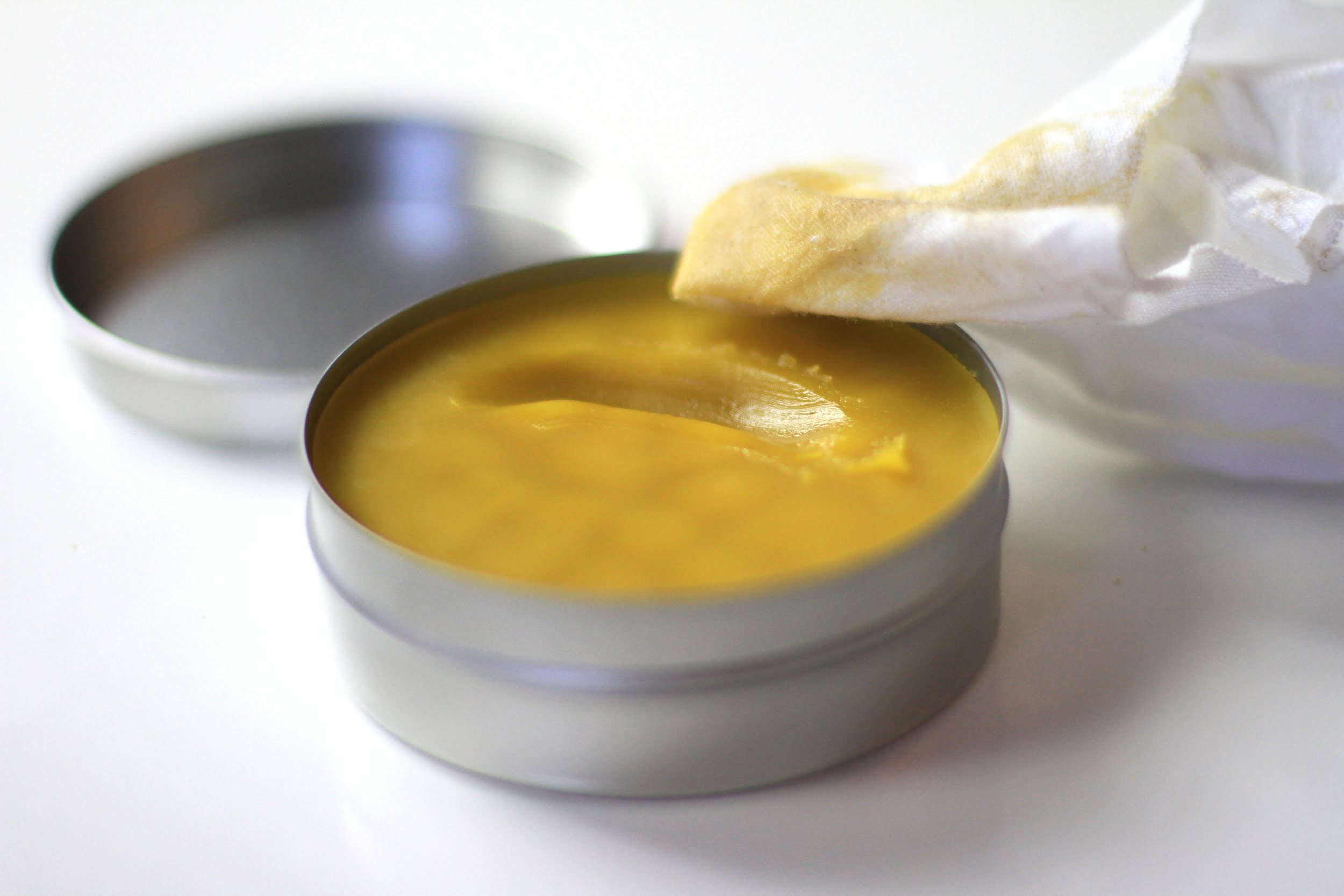
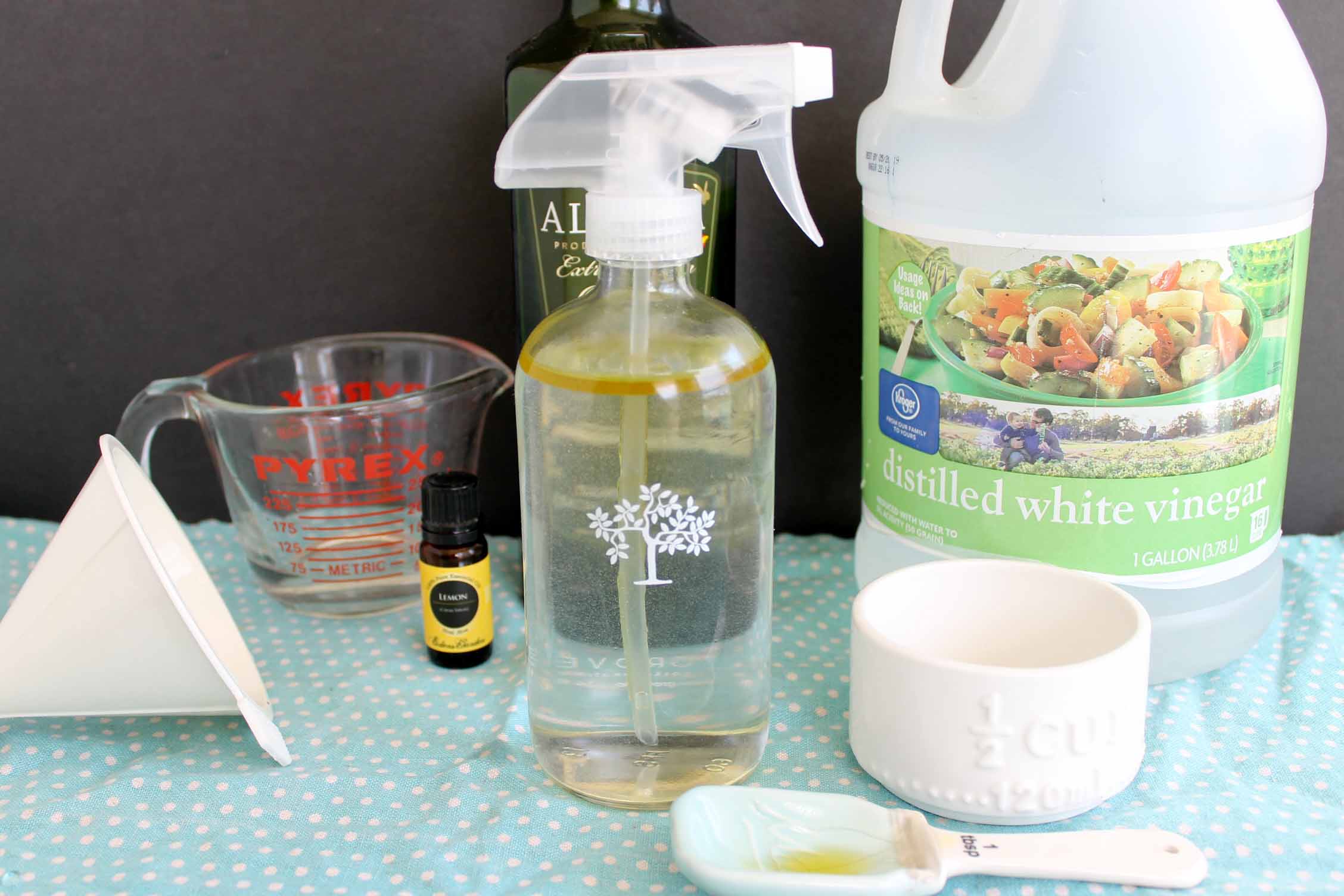
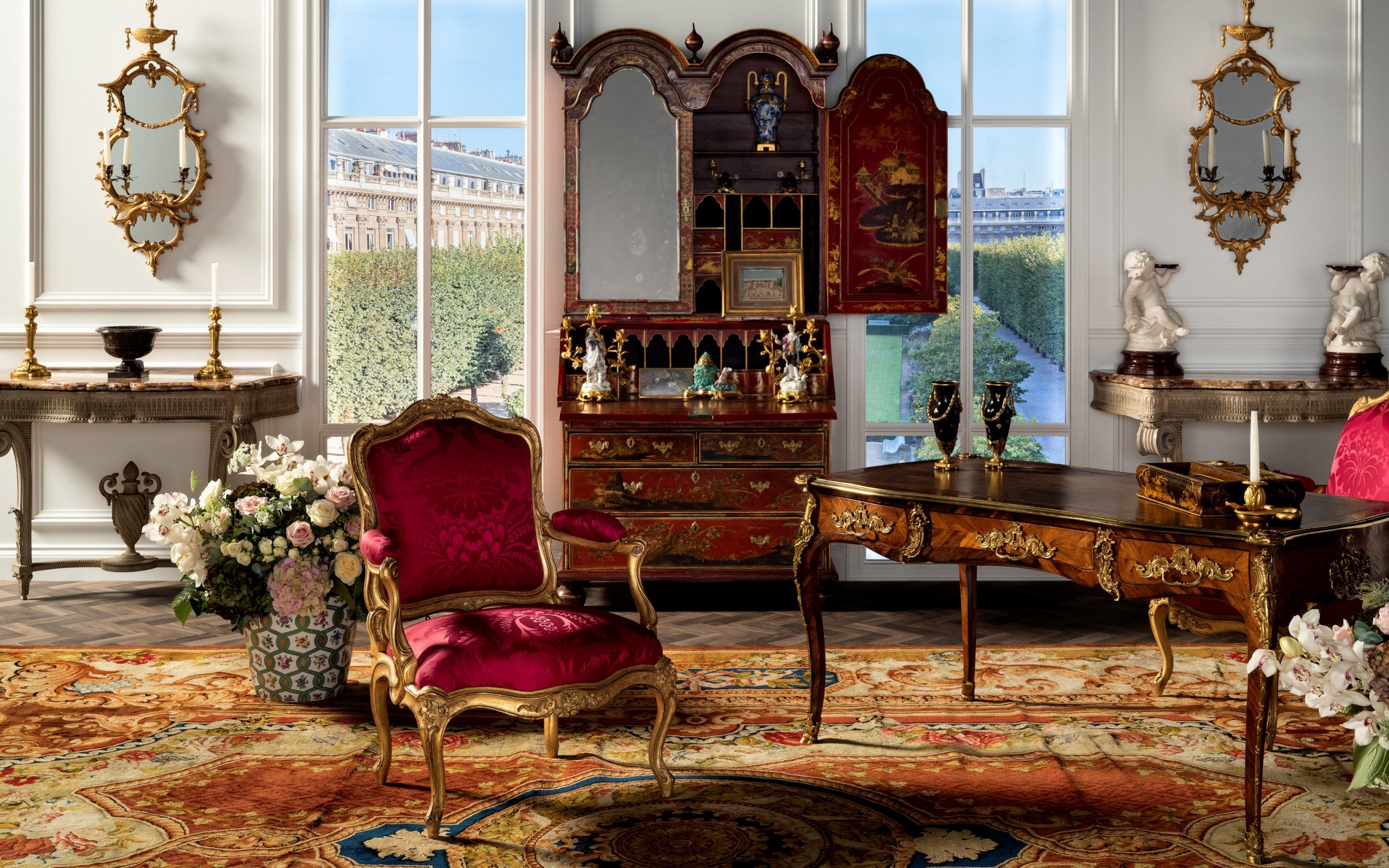
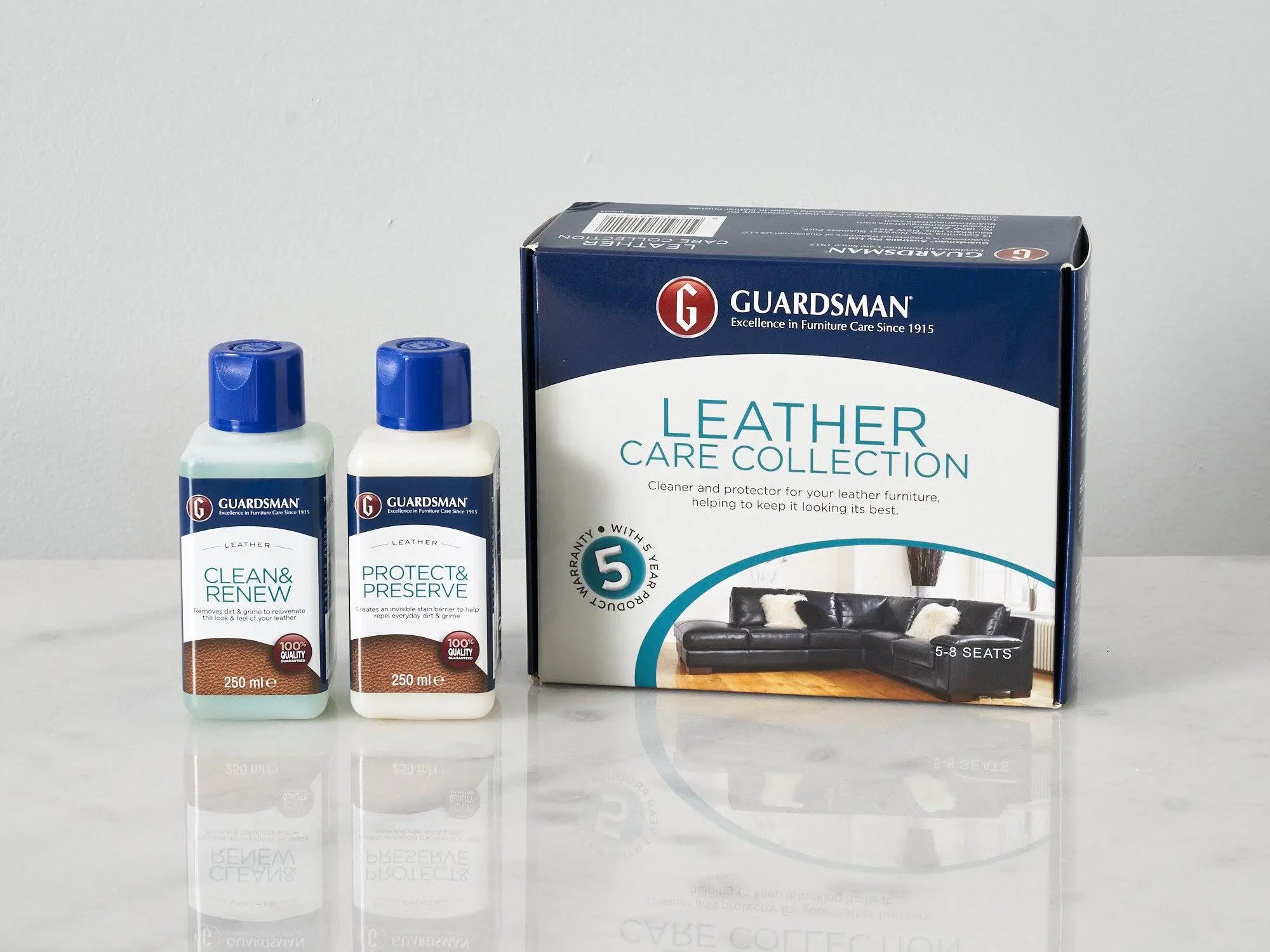
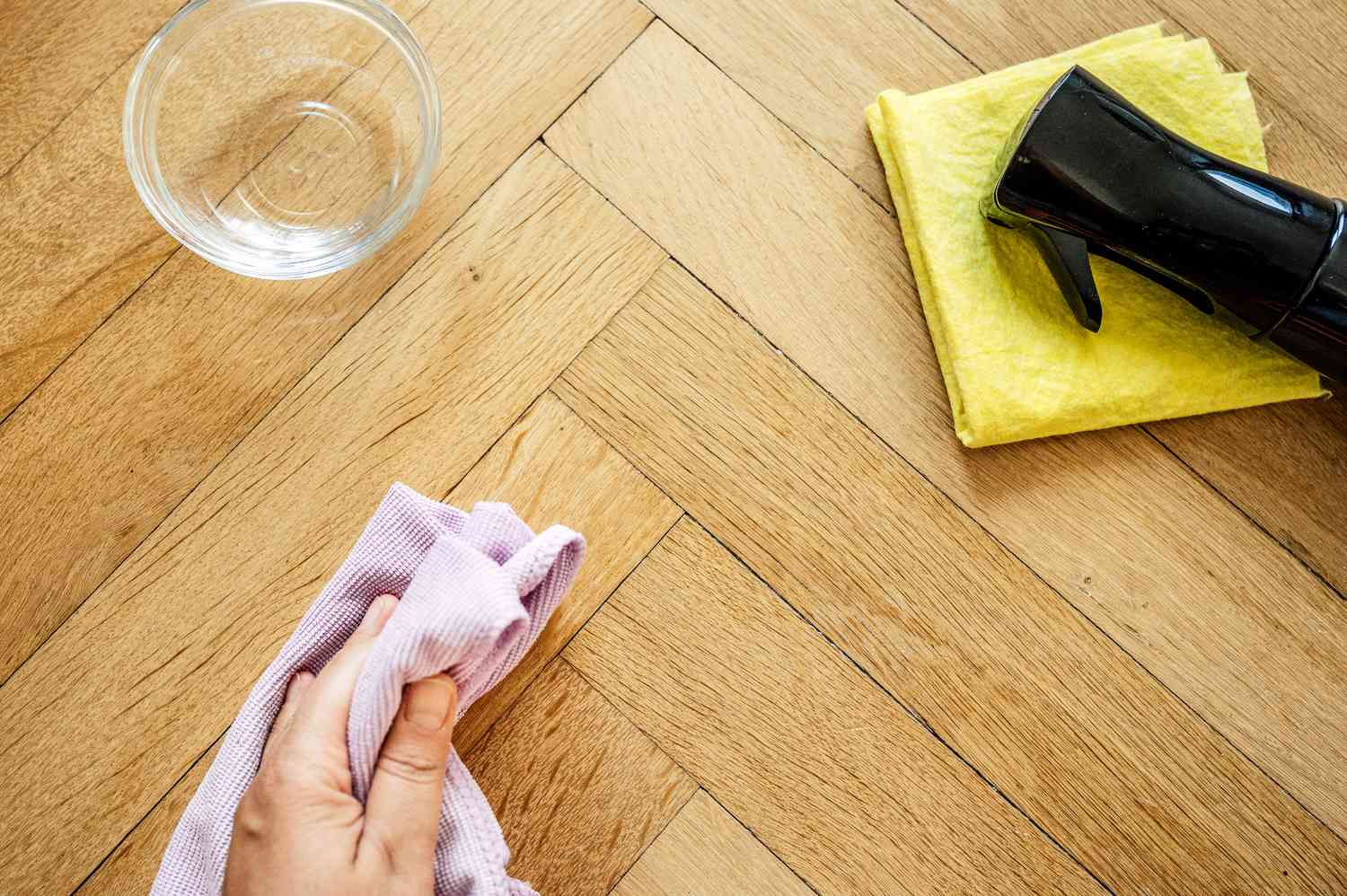
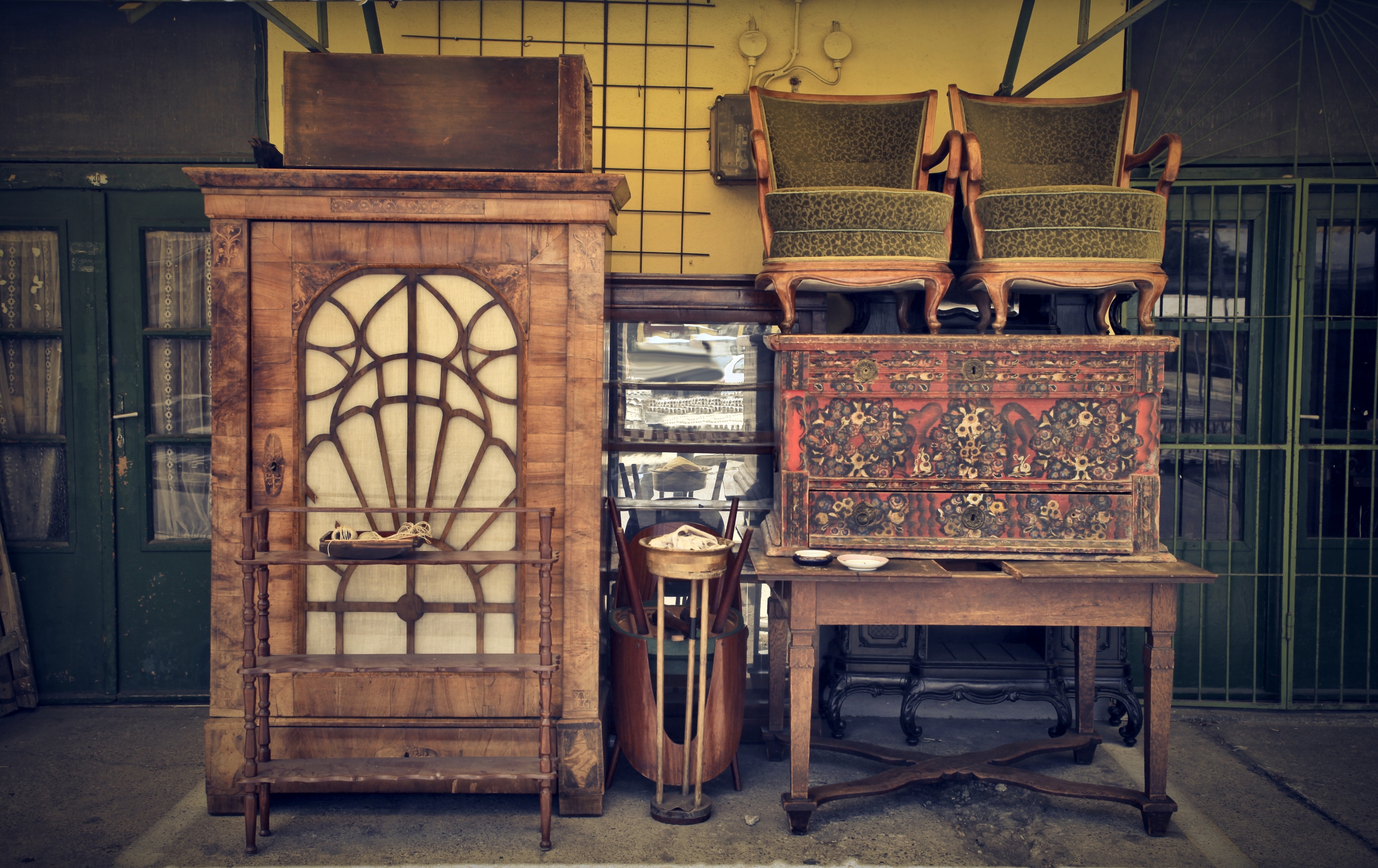

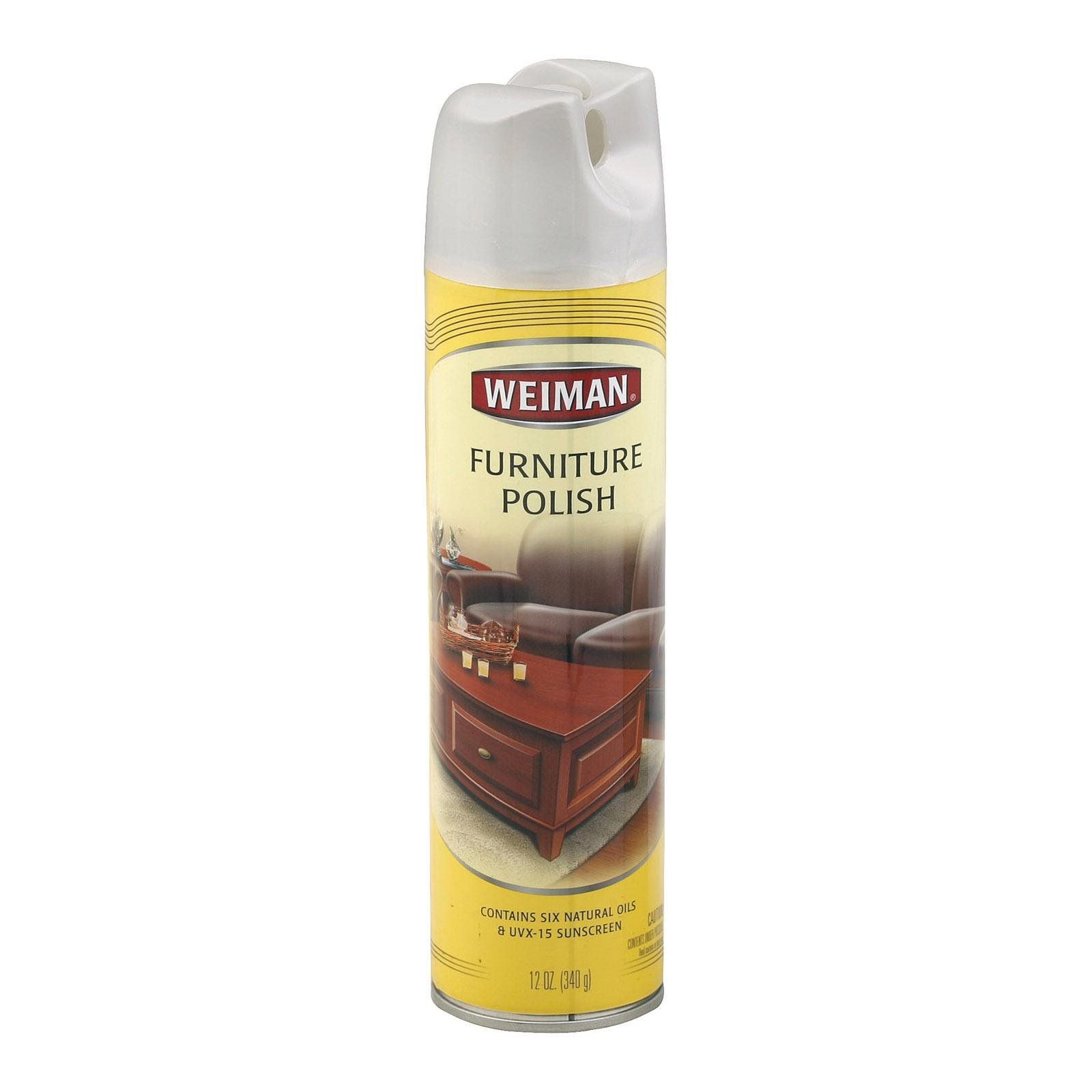
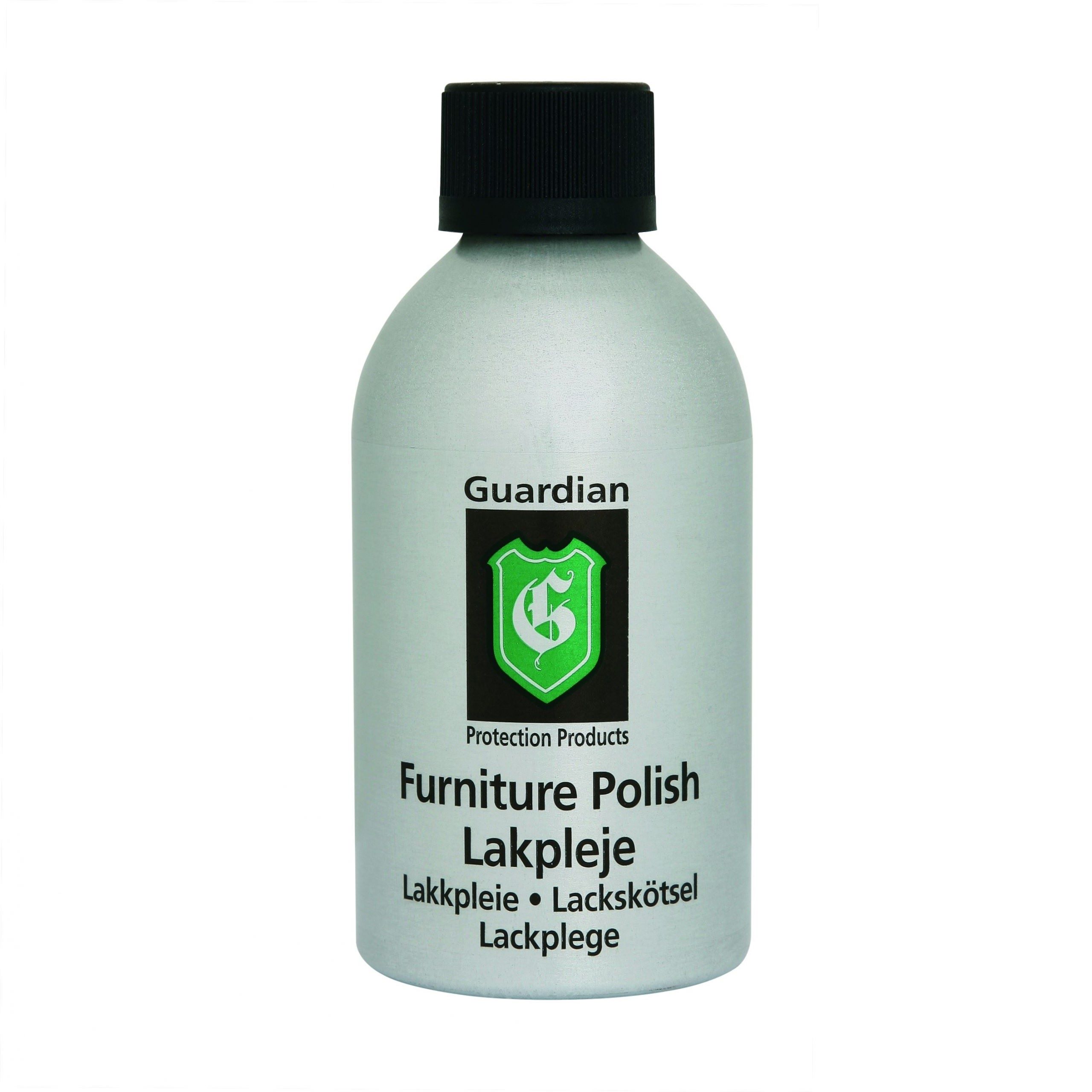
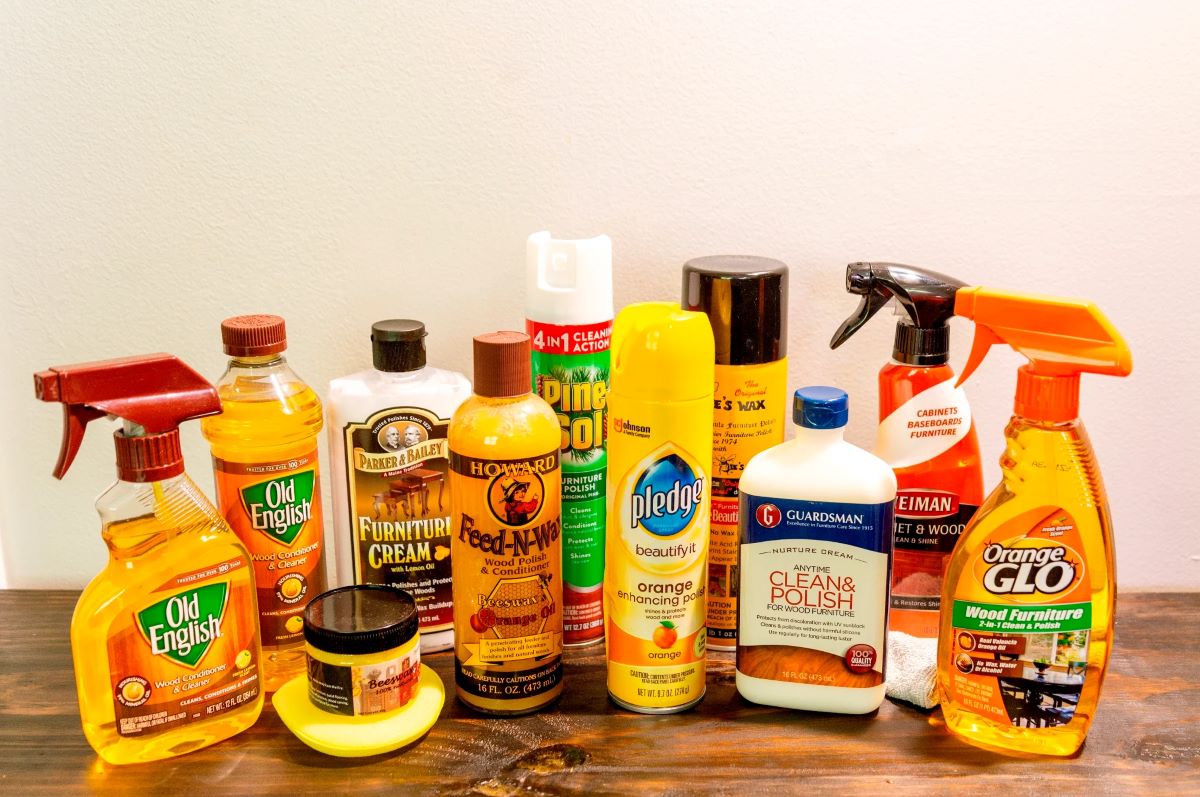
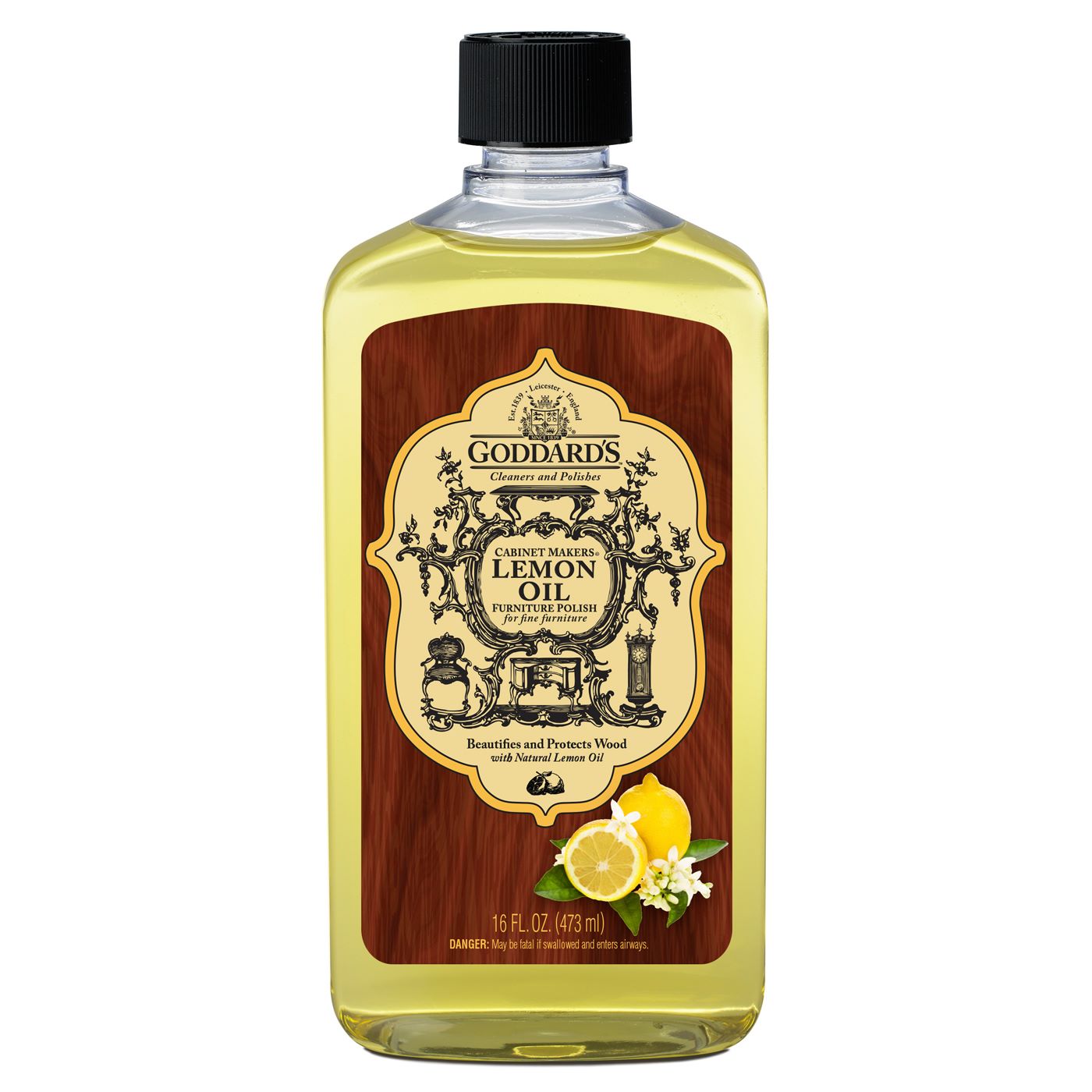
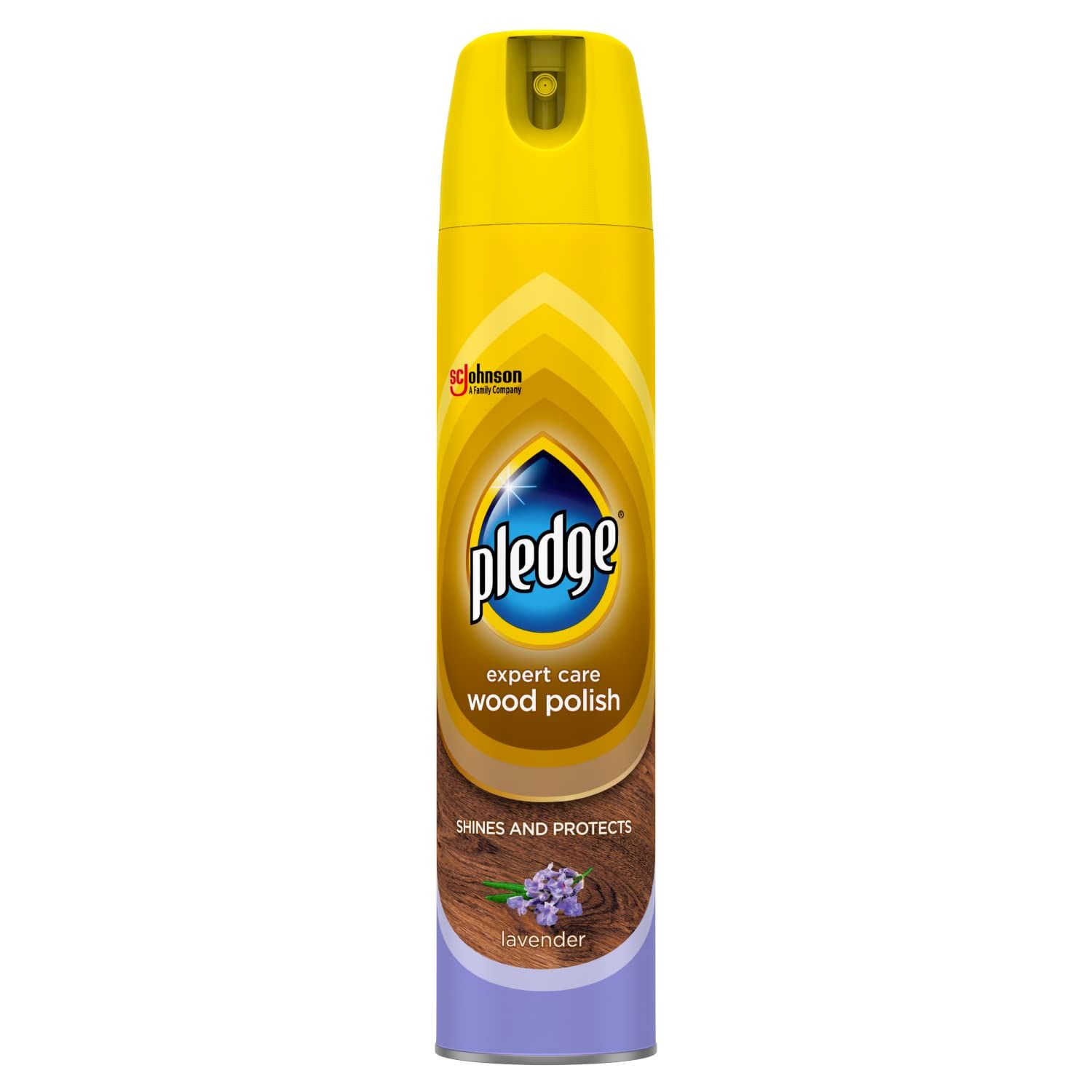
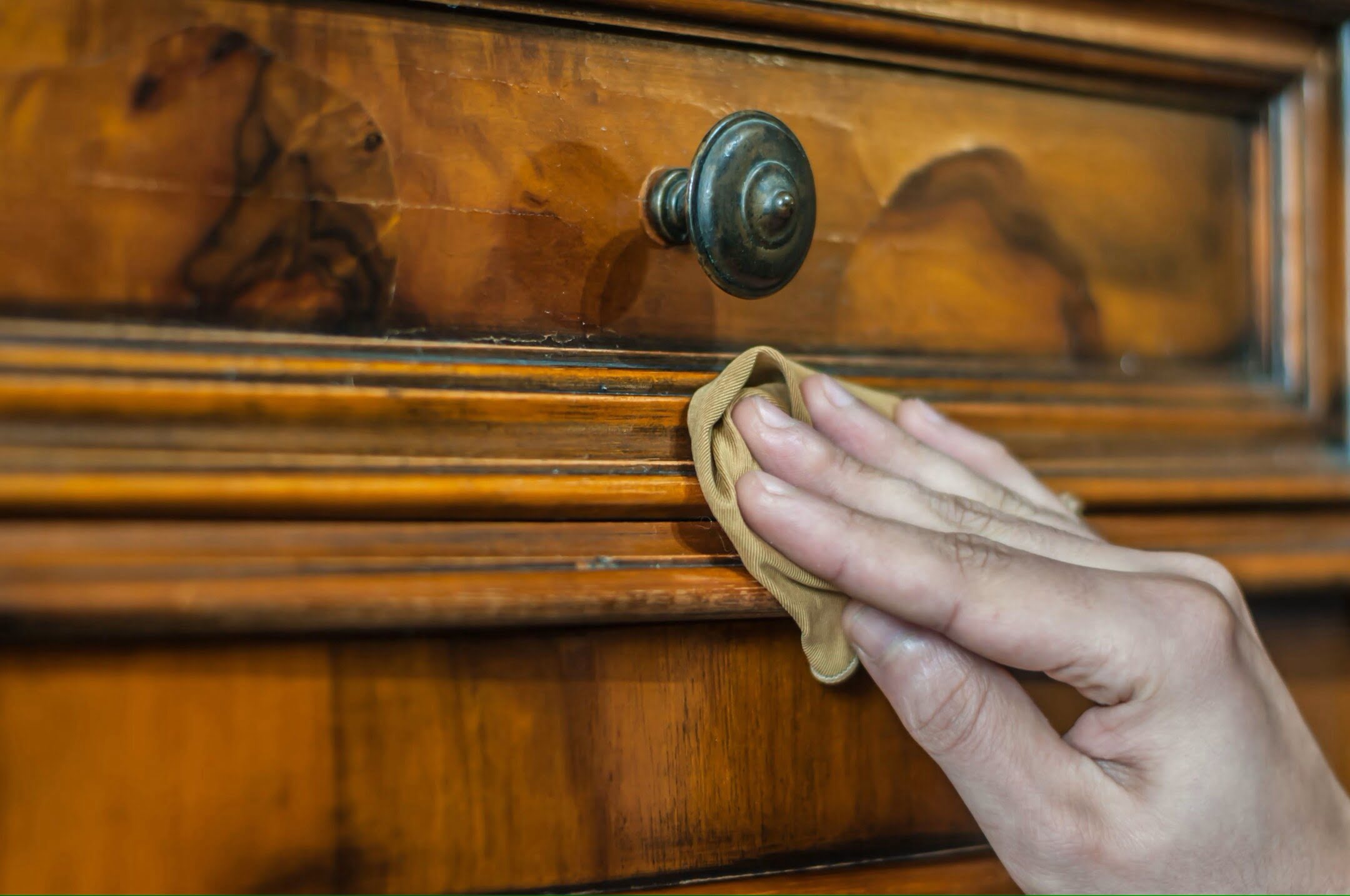
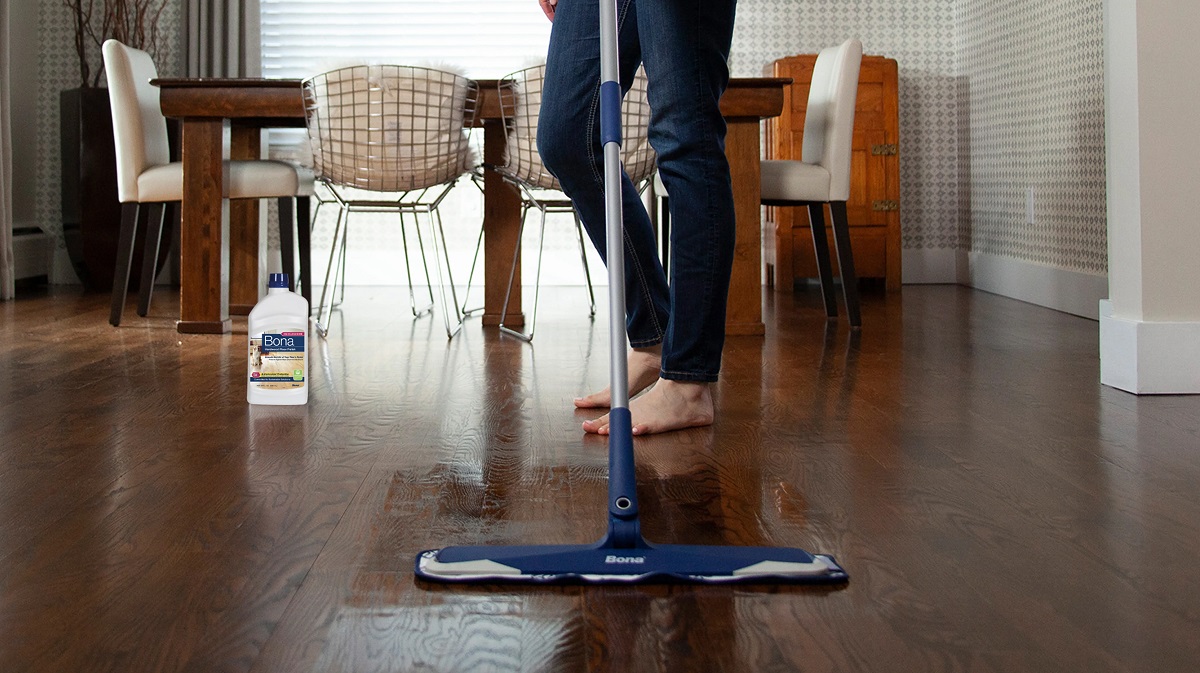

0 thoughts on “How To Use Old English Furniture Polish”